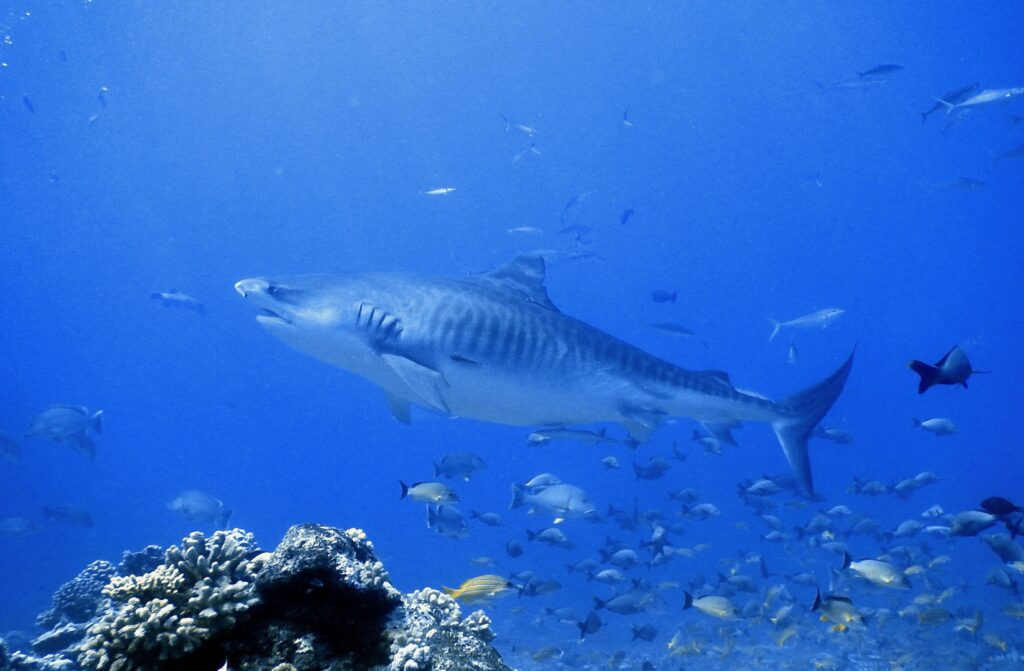University of Oxford
11a Mansfield Rd
OX1 3SZ
UK

This article was originally posted on https://www.biology.ox.ac.uk/news
With biodiversity facing unprecedented challenges, researchers have identified several key areas AI technology could be used to transform existing conservation practices and reverse biodiversity loss.
Dr Amy Hinsley, an Eric & Wendy Schmidt AI in Science Fellow at the Department of Biology, has contributed to a new study which explores how artificial intelligence can drive innovation in conservation. The study was led by Dr Sam Reynolds (University of Cambridge) and funded by ai@cam. Amy’s expertise bridges both conservation and AI, with her current work focusing on using AI to improve the availability and quality of data about the illegal wildlife trade, using an approach called nowcasting.
The research highlights AI’s vast potential to tackle critical environmental challenges and identified new opportunities where AI could make significant contributions in conservation. These span refining tools for addressing human-wildlife conflict, enhancing predictive models of biodiversity loss, and enabling AI-driven advisory systems to inform policy.
The horizon scan outlined several transformative applications of AI in conservation. Among the 21 opportunities identified are:
- Monitoring marine life with distributed acoustic sensing
Novel AI-enabled technologies for marine monitoring, such as Distributed Acoustic Sensing (DAS), could transform how we observe underwater ecosystems. DAS repurposes over 1 million kilometres of deep-sea fibreoptic cables — typically used for telecommunications — to detect real-time underwater acoustic signals. By analysing how sound waves affect the light path in these cables, the technology can identify and locate sounds from marine species like whales, fish, and seals, as well as human activities such as shipping and deep-sea mining. This technology could provide unique insights into marine biodiversity as well as human activities which may impact them. - Unveiling ‘dark diversity’
AI-powered models for ‘novel category discovery’ are enabling researchers to detect previously unidentified species from wildlife images. This breakthrough could help document ‘dark diversity’ – species thought to be absent from certain habitats, believed extinct, or entirely unknown to science. This will help conservationists to prioritise conservation efforts and act to preserve these rare species. - Cracking down on illegal wildlife trade
AI-driven technologies such as computer vision, natural language processing, and multimodal machine learning are providing powerful tools to combat illegal wildlife trade. These systems can analyse images, text, video, and audio to identify what species and wildlife products are being traded through various networks and marketplaces.
Dr Amy Hinsley said:
“One of the major challenges in managing the wildlife trade is a lack of up-to-date and good quality data, which can be lacking for both legal and illegal trade. Applying new and existing AI approaches has the potential to fill some of these evidence gaps, accessing new data sources and making better use of the data that we have on the species, supply chains, and volumes of wildlife in trade’”
While advancing technologies will undoubtedly lead to changes in conservation over the coming years, the study outlines the risks in implementing novel AI systems. AI colonialism is a central concern, with data potentially being extracted from the Global South to data centres in the Global North. These could be used to train AI models which risk perpetuating inequitable practices and undermine efforts in contemporary conservation to address colonial legacies.
Senior author Professor William Sutherland stated: “AI seems likely to enable exciting opportunities whilst creating serious problems. Looking ahead to identify potential benefits and challenges is key to delivering more effective conservation whilst minimising risks.”
Further concerns surround resource allocation; there is a risk that the perceived novelty of AI could skew funding and leadership away from traditional conservation efforts. Issues such as bias in AI models, the militarisation of conservation tools, and unequal access to computational resources need careful consideration.
Reflecting on the findings, lead author Dr Reynolds remarked: “AI will likely be a powerful tool for advancing conservation science, but does not represent a universal solution to the problems we face. Traditional fieldwork, education, and ecological expertise remains central. It is vital we are working with local communities to ensure AI tools are not detached from the social and ecological reality on the ground.”
To read more about this research, published in Trends in Ecology & Evolution, visit: https://doi.org/10.1016/j.tree.2024.11.013

